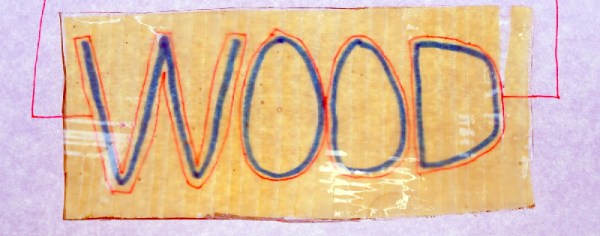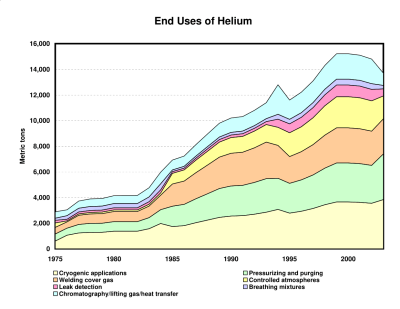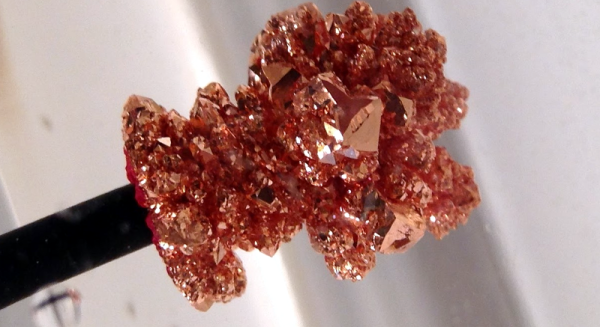Copenhagen Suborbitals just launched their latest amateur liquid fuel rocket. Why? Because they want to strap someone to a bigger amateur liquid fuel rocket and launch them into space.
We’ve covered them before, but it’s been a while. While they make a big deal of being amateurs, they are the least amateurish amateurs we’ve come across. We’ll forgive a lot as long as they keep making great videos about their projects. Or posting great pictures of the internals of their rockets.
The Nexø I rocket they recently launched claims to be the first guided, amateur, liquid-fueled rocket. There is a nice post on the guidance system. It was launched from a custom built barge off the shore of Denmark, which allows them to escape quite a few legal hurdles around the launch. The rocket flew beautifully. That is, it went only away from the ground; no other directions. Also, it didn’t explode, which is a lot to expect from even the biggest players in the field.
Copenhagen Suborbitals continues to do amazing work. Hopefully their next rocket will be even more impressive… for amateurs, that is.









 Placing electrodes on the molecule interferes with the process. Depending on the kind of electrode, the switch will get stuck in the on or off position. Researchers at Peking University in Beijing determined that
Placing electrodes on the molecule interferes with the process. Depending on the kind of electrode, the switch will get stuck in the on or off position. Researchers at Peking University in Beijing determined that 









